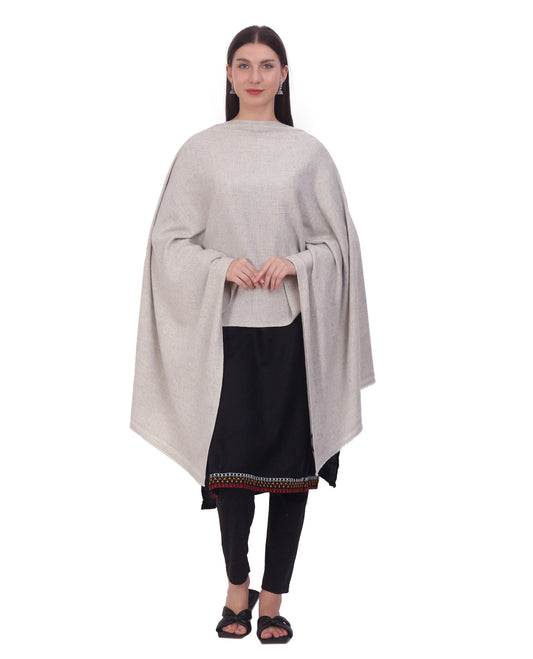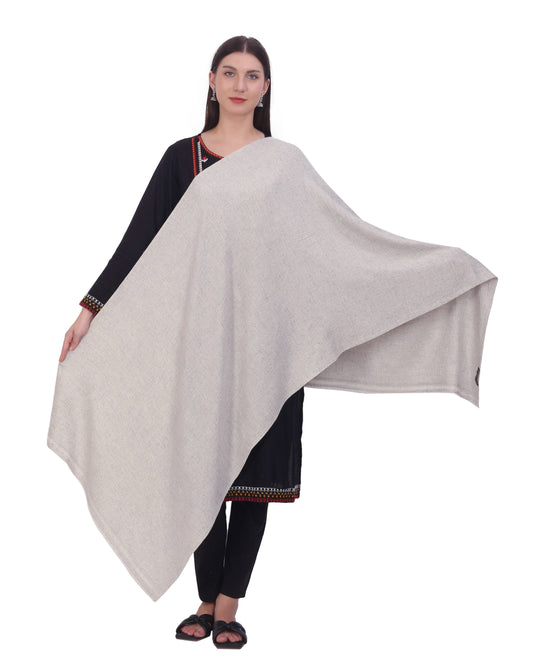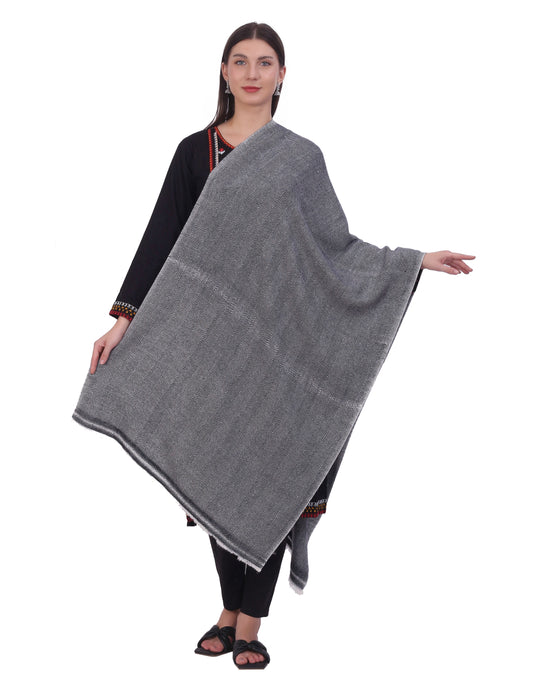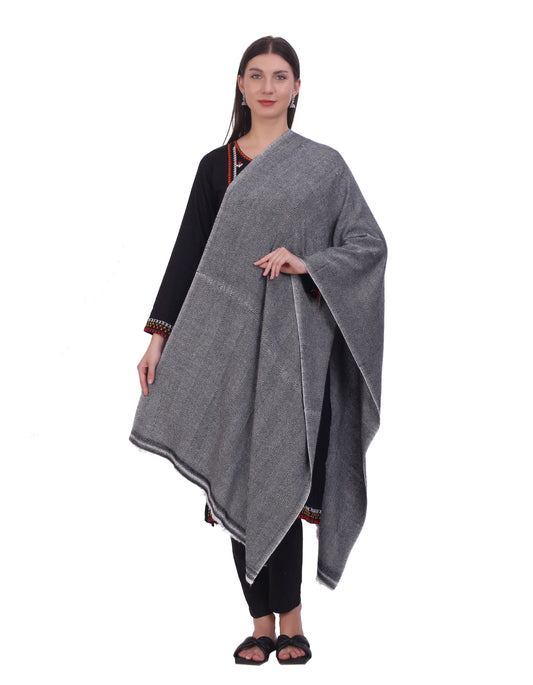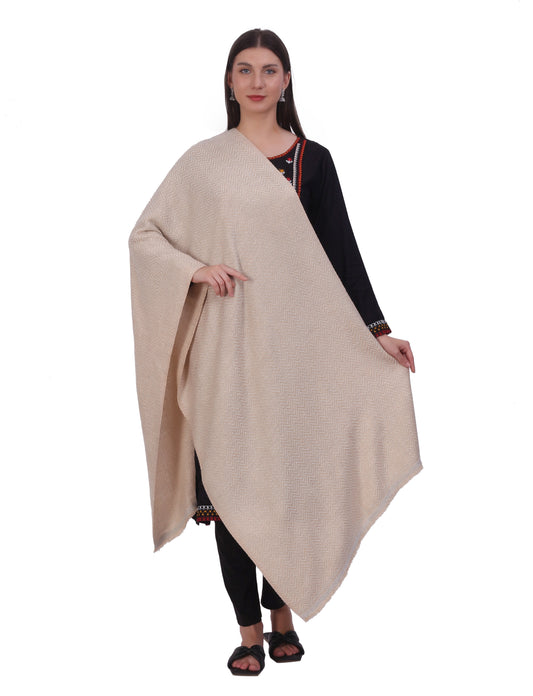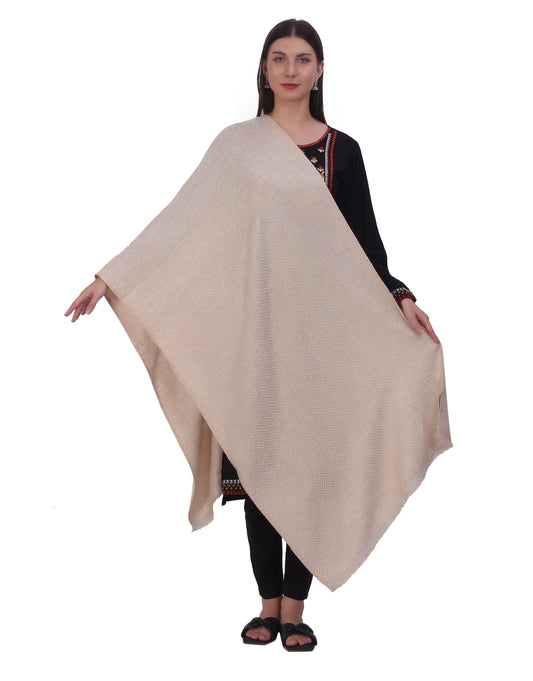Kashmiri wool scarves are renowned for their exquisite craftsmanship, luxurious feel, and timeless beauty. These scarves, often referred to as Pashmina or Cashmere, are a testament to the rich cultural heritage of Kashmir and the meticulous process that transforms raw wool into a delicate, finely woven masterpiece. This journey from sheep to scarves is a fascinating blend of tradition, skill, and artistry that has been passed down through generations.
The Source: Changthangi Goats
The journey of a Kashmiri wool scarf begins in the high-altitude regions of Ladakh and Tibet, where the Changthangi goats graze. These goats produce an exceptionally fine and soft undercoat known as Pashm, which is harvested once a year in spring. The harsh climate of the region, with its freezing temperatures, stimulates the growth of this dense undercoat, making it one of the finest and warmest fibers in the world.
Harvesting the Wool
The collection of Pashm is done through a careful and labor-intensive process called combing. Skilled herders gently comb the goats, collecting the soft wool without harming the animals. This process ensures the preservation of the fiber's natural qualities. Once collected, the raw Pashm undergoes a thorough cleaning to remove dirt, grease, and other impurities. This cleaned wool is then sorted based on its quality, with only the finest fibers selected for the making of Kashmiri wool scarves.
Spinning the Yarn
The cleaned and sorted wool is then spun into yarn. Traditionally, this is done by hand using a spinning wheel, known locally as a 'Charkha.' The spinning process requires immense skill and patience, as the yarn must be of consistent thickness and strength. This hand-spun yarn is what gives Kashmiri wool scarves their distinctive texture and softness, distinguishing them from machine-made counterparts.
Dyeing the Yarn
Once spun, the yarn is dyed using natural dyes derived from plants, roots, and minerals. The dyeing process is an art in itself, requiring a deep understanding of color and chemistry. Traditional dyers use age-old recipes to achieve the vibrant yet subtle hues characteristic of Kashmiri wool scarves. These natural dyes not only impart beautiful colors but also ensure that the scarves remain environmentally friendly and safe for sensitive skin.
Weaving the Scarf
The dyed yarn is then handed over to master weavers who work on traditional handlooms to create the intricate patterns and designs typical of Kashmiri wool scarves. Weaving a single scarf can take several weeks to months, depending on the complexity of the design. The weavers use techniques such as the 'twill' or 'plain' weave, and incorporate elaborate patterns like paisleys, florals, and geometric shapes. Each scarf is a unique work of art, reflecting the weaver's skill and creativity.
Embroidery: The Final Touch
Some Kashmiri wool scarves are further embellished with intricate embroidery, adding to their allure and value. This embroidery, known as 'Sozni' or 'Aari' work, is done by hand using fine needles and silk or wool threads. The patterns often depict traditional Kashmiri motifs and can take months to complete. The result is a breathtakingly beautiful scarf that showcases the pinnacle of Kashmiri craftsmanship.
Conclusion: A Timeless Treasure
From the high-altitude pastures of Ladakh to the skilled hands of Kashmiri artisans, the journey of a Kashmiri wool scarf is a remarkable tale of tradition, dedication, and artistry. Each scarf carries with it the essence of its origins and the story of the people who created it. Investing in a Kashmiri wool scarf is not just about acquiring a piece of clothing; it is about owning a piece of heritage, a timeless treasure that can be cherished for generations.


